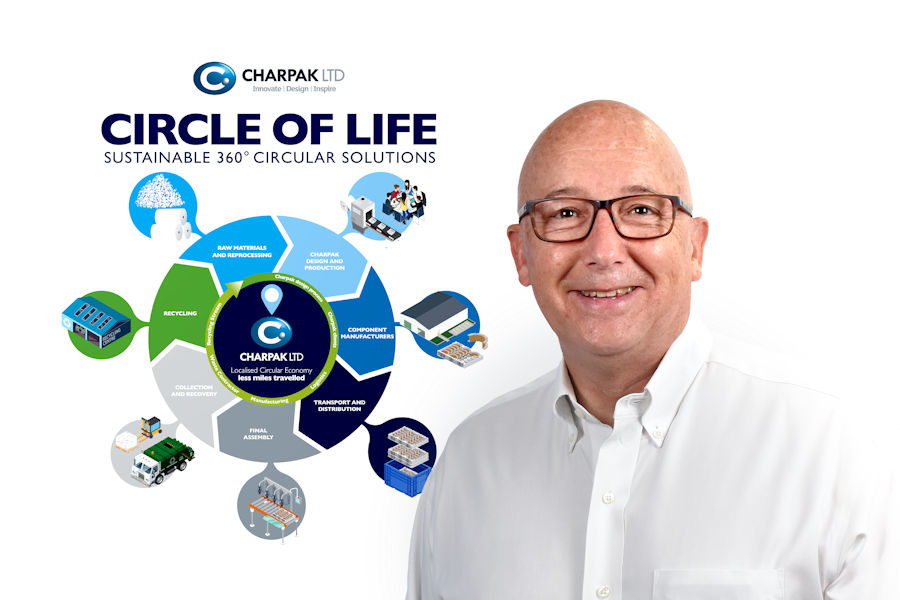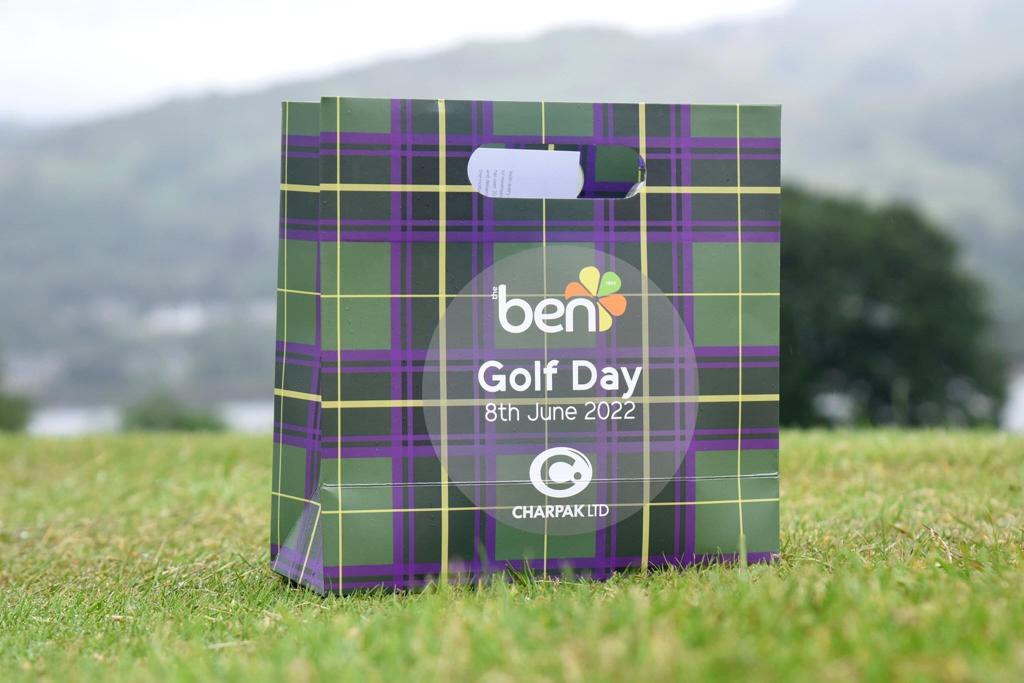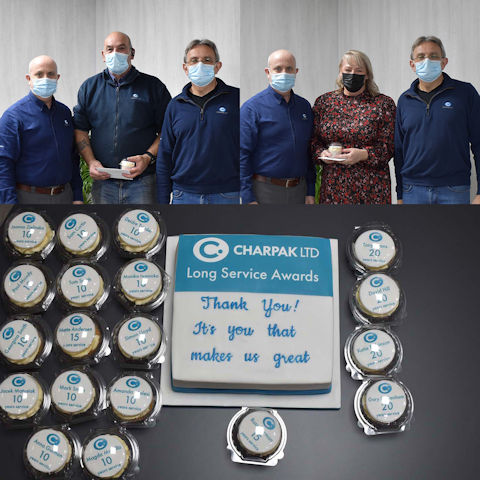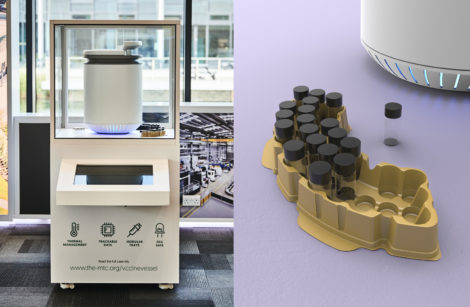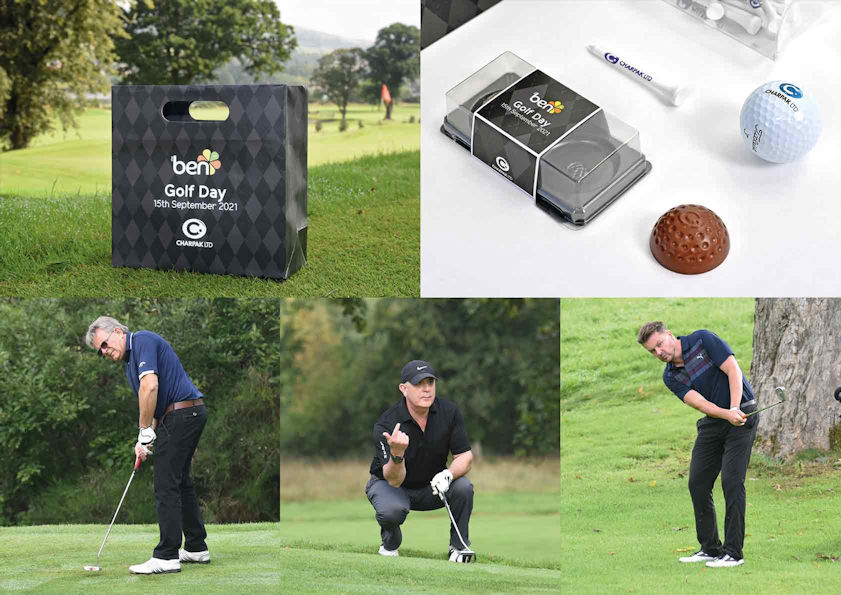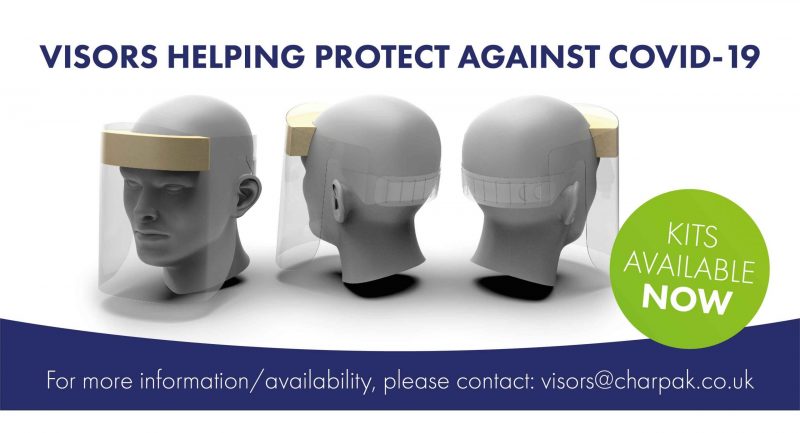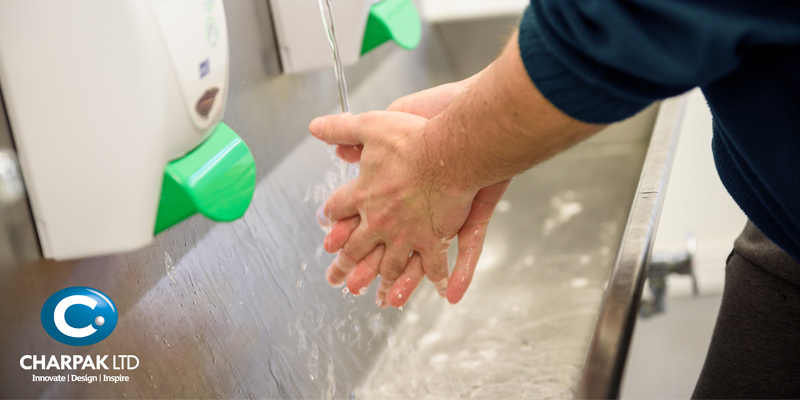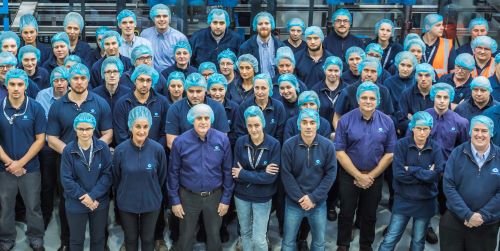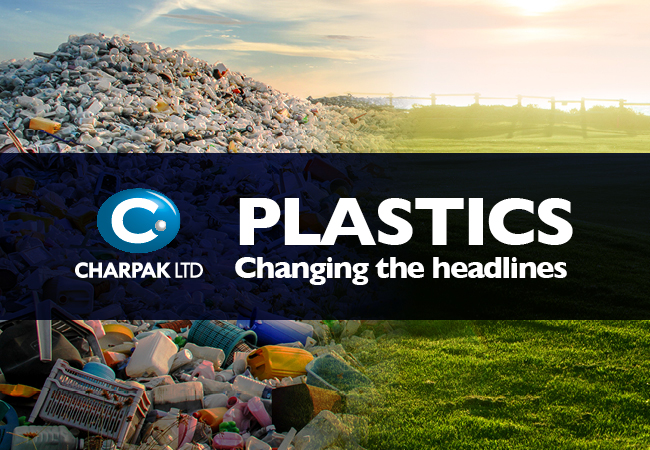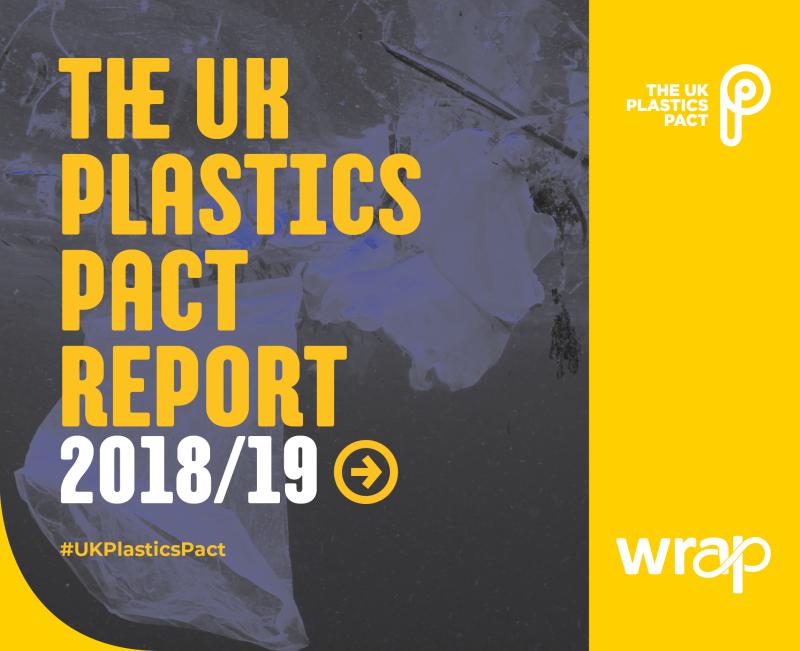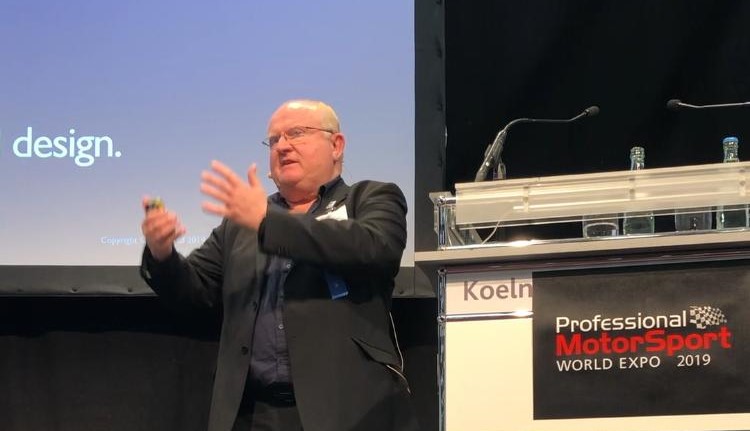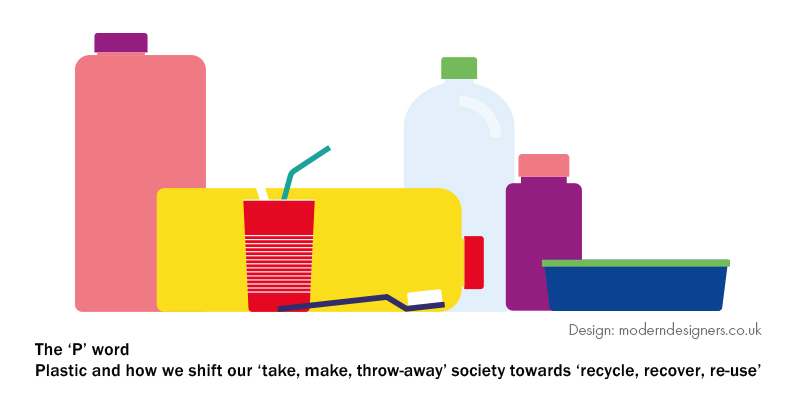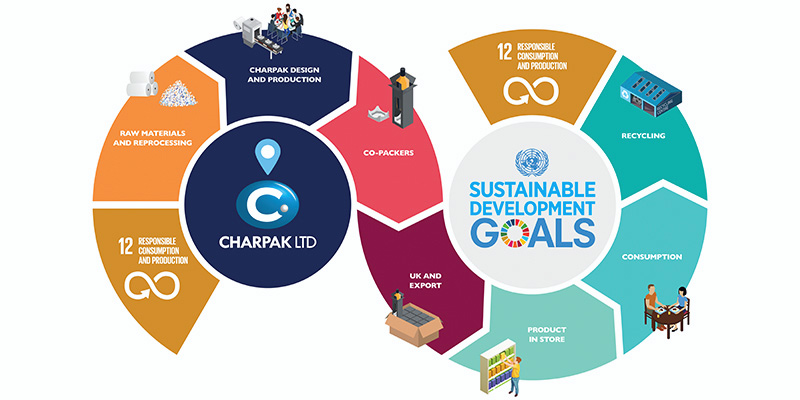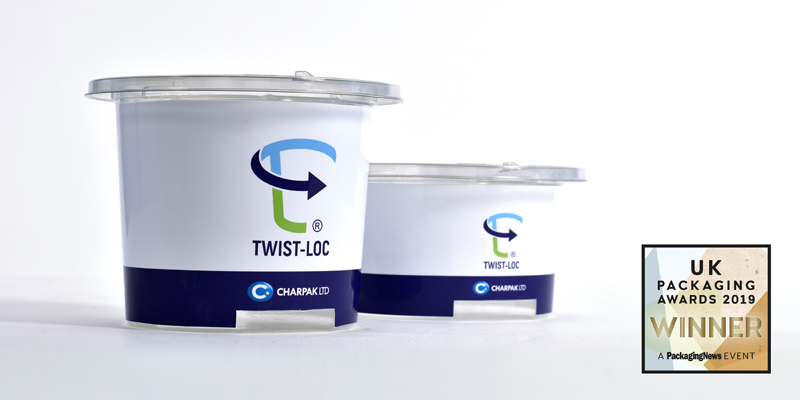Biodegradable and PEF plastics explained
There are viable alternatives to fossil fuel based plastics, which are currently more expensive to produce.
Recent tests by the supermarkets have shown that consumers are reticent to pay more for this packaging. This is a particularly hot topic following Blue Planet II, and wider reporting in the media on environmental issues relating to discarded plastic. Biodegradable plastics, environmentally friendly plastics and plant based plastics are common terms. But what does that mean in reality, and can biodegradable plastics be used in the here and now? Are you assessing whether other types of packaging materials should be considered to replace fossil fuel based plastics for packaging?
It is worth noting, the current alternatives to plastic packaging bring their own challenges. The consideration must be if choosing to switch to a perceived more environmentally friendly packaging material that other environmental problems are not created. Should manufacturers and retailers switch to cardboard based alternatives for food products, it is highly likely the board will have to be laminated in order to be food contact approved, to meet stringent food standards – and where will that be recycled? The UK has very few facilities to process this type of packaging. The challenge faced by UK MRFs (Materials recycling facilities) is in separating the different materials types during the sorting process.
So the question remains are biodegradable plastics a feasible alternative in today’s market.
- Biodegradable plastics are available. However, they are more expensive and there is no household waste stream infrastructure to process them. Biodegradable plastics present a risk of contaminating the current waste stream.
- Biodegradable plastics which are manufactured from PLA can only be commercially recycled. PLA refers to Polylactic Acid plastic, manufactured from natural renewable resources such as corn starch or sugar cane. PLA plastics are primarily used for food products that contain moisture, but that cannot handle hot foods or liquids.
- Biodegradable plastics manufactured from Plantic are home compostable. Households in high density areas are less likely to have these facilities, and could compromise the waste stream. Plantic can only be used for dry goods.
The long term alternative solution is PEF (Polyethylenefuranoate), which is a non-fossil fueled based plastic. From an environmental perspective Charpak are keen to be early adopters of PEF in manufacturing packaging, so we’re watching this space very closely.
- PEF is a plastic polymer based on FDCA and monoethyylene glycol (MEG). The polymerization process used to make PEF has been successfully initiated at pilot stage.
- PEF is 100% biobased which reduces carbon footprint and non-renewable energy resources by more than 50%
- PEF will be recyclable and is likely to be a comparable price to PET.
- PEF will be commercially viable in around 10 years.




